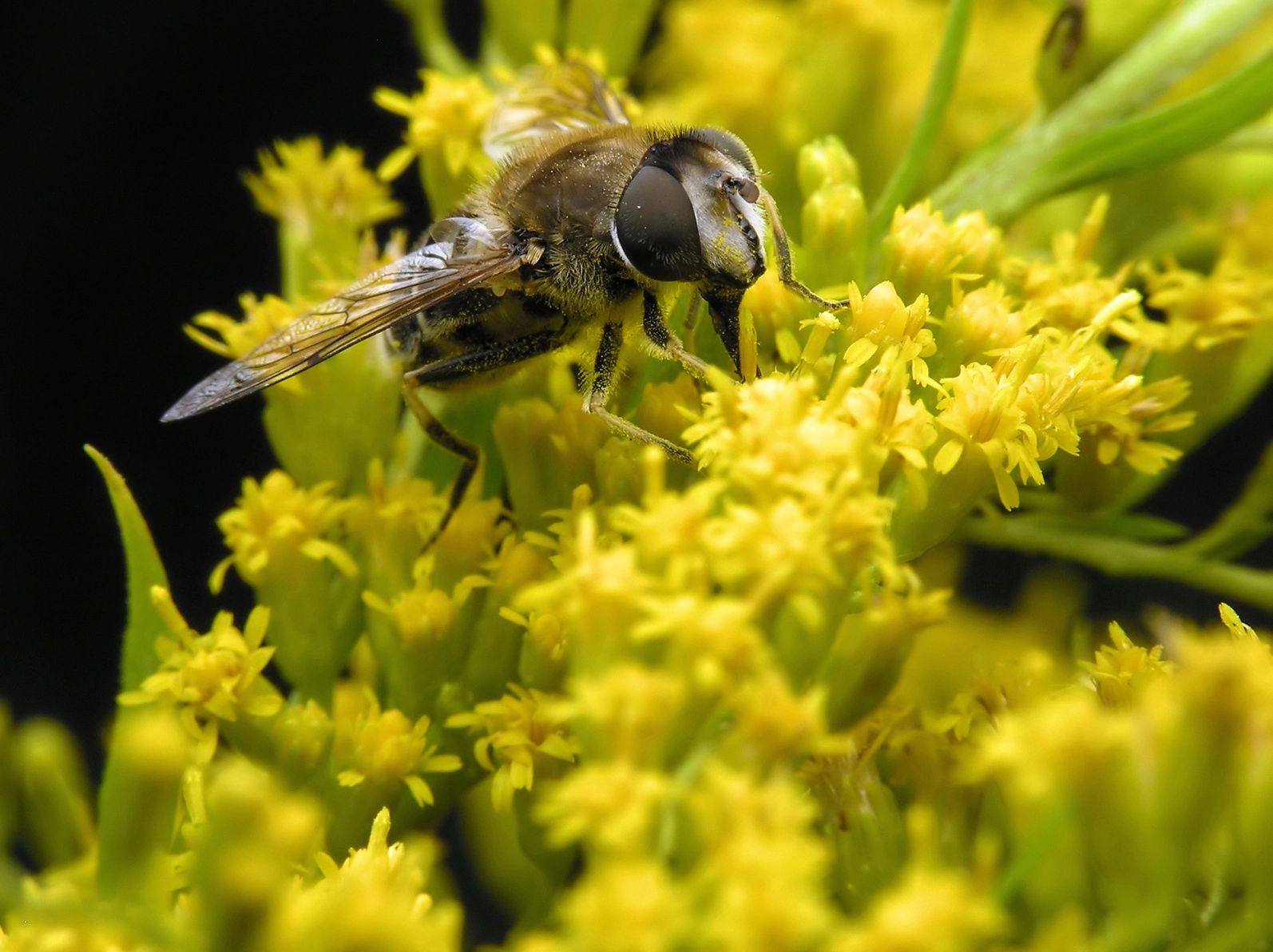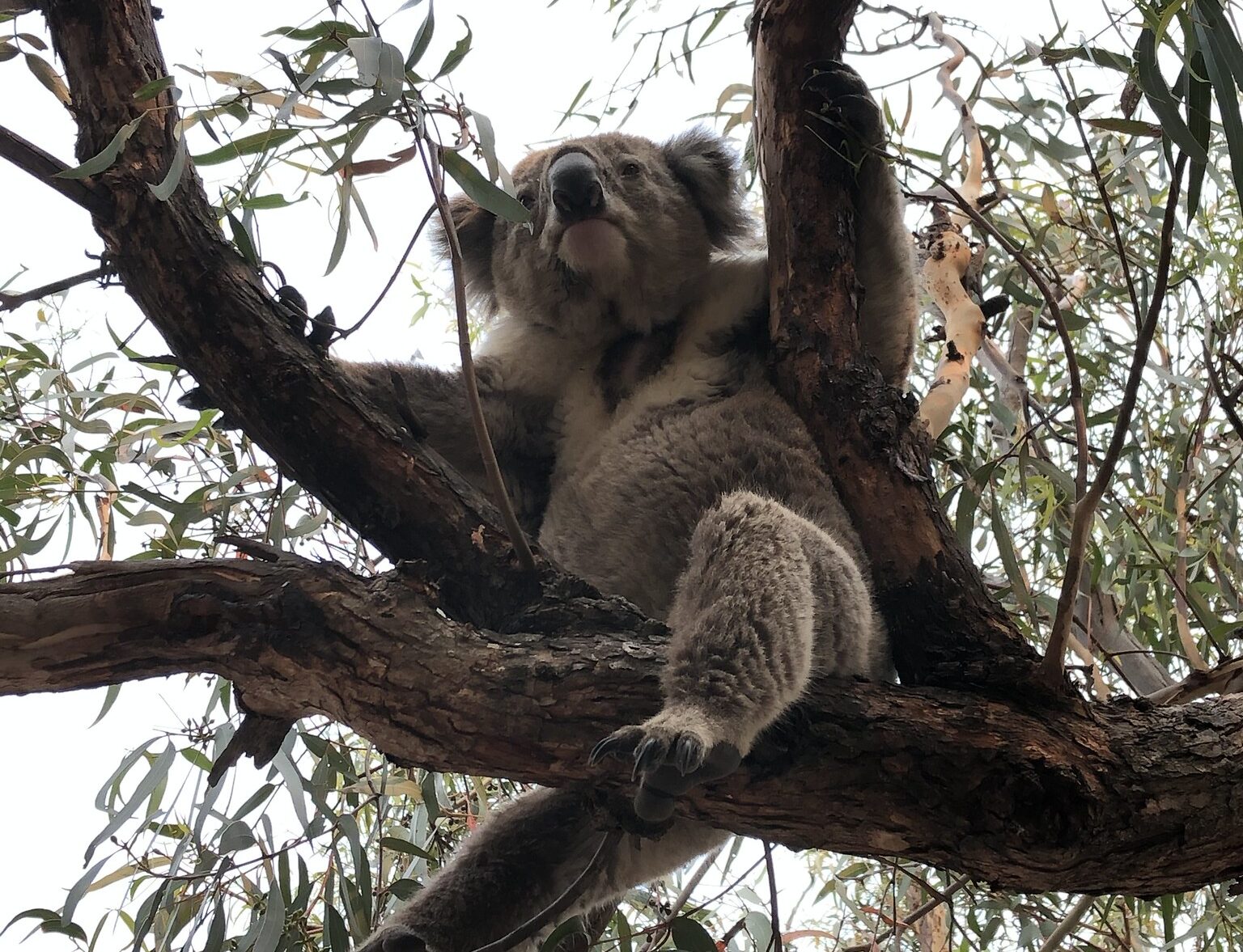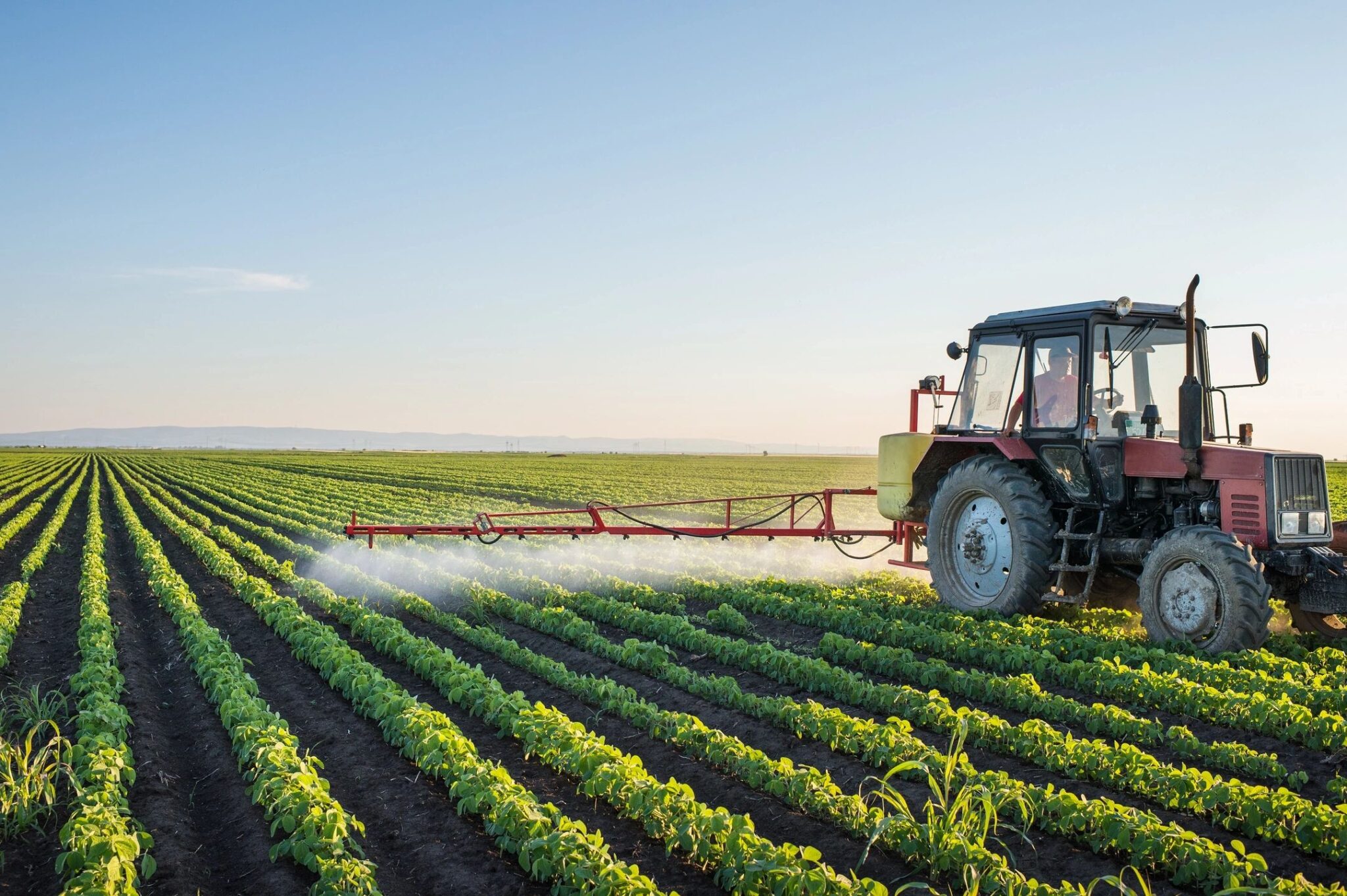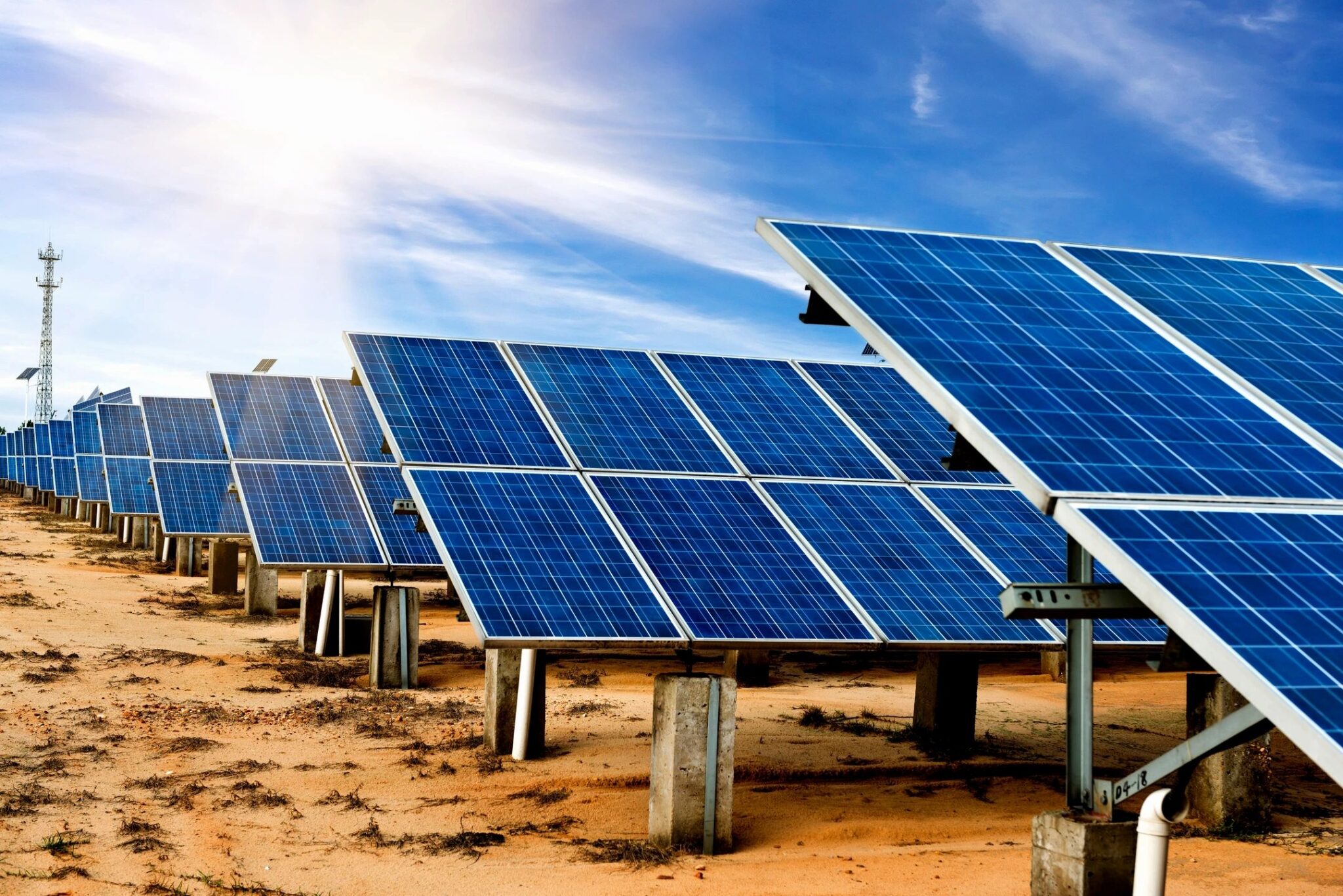Rising temperatures in recent decades have been linked to observed shifts in bee phenology. These shifts could impact bees’ vital role in pollinating food crops.
Bees have been in the news a lot recently. They seem to be under threat from all sides: from pesticides, from habitat loss, from the spread of pathogens and parasites like the varroa mite, and from climate change. This is cause for concern given the vital ecosystem services bees supply. “Ecosystem services” are the ways in which non-human living things underpin human survival and quality of life. Most notably, production of many important food crops is dependent on bees and other insects for pollination. Past research has uncovered that animal pollinators (mainly insects) are involved in the production of around three quarters of food crops globally. Our diets would therefore look a lot drearier if we didn’t have insect pollinators such as bees. We’d be deprived of apples, almonds, pumpkins, and coffee for a start.
Researchers at the University of Reading in the UK have shed some light on the ways in which bee phenology is changing in relation to climate change. Phenology refers to the timings of recurrent events in organisms’ life cycles. Examples include when plants flower, when birds migrate, and how long hibernation lasts. Given that these events are typically triggered by environmental cues such as temperature, day length, or precipitation, it is no surprise that phenology is often affected by climate change. This is exactly what scientists found when they analyzed data on the post-winter emergence dates of bees across the past 40 years. They were able to show not only that there was a general trend towards earlier emergence dates over time, but also that this change in bee phenology was associated with rising temperatures. The possible consequences are uncertain, but there is a serious risk of pollination being disrupted if plants and their pollinators do not respond to warming temperatures in the same way.
Tracking bee phenology shifts
If you want to study phenological change in a group of organisms, you can’t just devise an experiment and expect to get some answers in a reasonable time frame. These are long-term trends. You either need to tap into an existing dataset, or set up a study that will run for years and then be patient. The University of Reading researchers opted for the first approach. They analyzed records of bee sightings in the UK that have been collected over many decades by the Bees, Wasps and Ants Recording Society. These sightings were reported by members of the public, but verified by experts. The researchers subjected the data to careful statistical tests to identify patterns in bee emergence over time. This demonstrates the value of citizen science (projects that involve the general public in the scientific process) when combined with professional expertise.
Learn more about past citizen science projects and find one to join on The SciStarter Blog
What they found out about bee phenology was that bee emergence dates since 1980 have shown a significant trend, becoming earlier by an average of about 0.4 days per year. Combined with climate records showing that average temperatures have risen progressively over the same period, it would be tempting to simply assume a link between the two. However, this is not valid reasoning—what if the simultaneous changes in emergence dates and temperatures were coincidental, and some other unmeasured variable was in fact causing the earlier emergence of bees? The researchers used a separate statistical model to look directly for an association between bee emergence date and temperature. They did indeed find support for the idea that changing emergence dates were driven by climate. The model showed an average of 6.5 days earlier emergence for every 1 degree Celsius rise in temperature.
What does this mean for bees and us?
While bee phenology shifting up by 0.4 days per year might not sound like anything to worry about, we know that temperatures are likely to continue rising, and at an accelerating rate. Cumulatively the changes could be significant and it is not quite clear what impacts they might have. Earlier emergence might help bees if it means they have a longer growing season or can beat their competitors to food sources. On the other hand, it could have negative effects too. For instance, there might not be enough nectar and pollen available for them when they first emerge. They might also be more at risk of frost exposure as late-spring frosts remain common despite the overall warming.
Read more about bees in Ten Fun Facts about Honeybees and Honey
Even if you don’t care much about the bees themselves, there are more human-centered causes for concern here as well. There is no guarantee that the phenological patterns of different organisms will respond to climate change in similar ways, and this means there is a risk of interacting organisms falling out of step with one another. If changes in bee phenology towards earlier emergence dates are not accompanied by matching changes in the flowering dates of plant species, then pollination may suffer. Remember how important insect pollinators like bees are in global food crop production, and you’ll realize that this could have serious consequences.
Understanding variability among species
The figures given above are overall averages. But the researchers also found considerable variation among the 88 different species of bee they looked at. This was particularly true of the change in emergence dates over time. Although the researchers saw a pattern when looking at the data as a whole (across all species), only 15.9 percent of the species showed a statistically significant shift to earlier emergence dates over time. Many of the other species showed some evidence of the same trend but it was not sufficiently pronounced to be deemed statistically significant. This may in part be due to limitations of the data used for the study, with considerable variation in the number of observations recorded for different species. Above all, it highlights the need for further research into species-level variation in bees’ responses to climate change and the possible implications of this. For instance, are the worst-affected species especially important as pollinators, or of particular conservation concern?
Remember that the trends in emergence dates over time and in response to temperature will not necessarily be the same, as other variables besides temperature might affect the temporal trends. Year-on-year fluctuations in temperature (despite long-term warming) could also complicate the relationship between the two. When they looked specifically for associations between temperature and bee emergence dates, the researchers found variability between species here as well, though not as much variation as there was for the changes in emergence dates over time. The evidence pointed to an association of warmer temperatures with earlier emergence in a majority (76.1 percent) of species. Nonetheless, some species showed a much higher than average change: one particular species had an earlier emergence of up to 21.7 days per 1 degree Celsius temperature rise; others were less susceptible than average. Again, it will be important to assess these variations in relation to the ecological roles and significance of the different species to understand what the wider effects of climate change impacts on bee phenology may be.
Researchers sought an explanation for the variability across bee species by classifying the species according to four different traits related to bee phenology. One of these traits was whether a species had an emergence period in spring or summer, as there was some existing evidence that early-emerging species may be more sensitive to rising temperatures. Researchers next considered how many generations the species has per year. Thirdly, the researchers took into account the specialization of foraging requirements. Species that are dependent on a very narrow range of plants could be more vulnerable than those able to visit many different plant species. Finally, the researchers looked at the overwintering stage. Bees have varying approaches to surviving the cold months, with some sitting it out as adults and others in immature stages of development. No associations were found between any of these traits and the sensitivity of emergence dates to temperature. This was unexpected, as other studies have concluded that differences in temperature susceptibility are linked to certain traits. However, the researchers note that they were only able to test a limited selection of traits here, and suggest that others—such as body size or sociality—may be significant.
Facing a warming future
It’s easy to feel powerless against climate change, and this study might seem to add yet another item onto the long list of reasons to worry about the warming planet. But the more we understand what is happening, the better we may be able to deal with it. Evidence of how bee emergence dates have changed in the past enables us to make predictions about how they are likely to change in the future. These predictions can then inform conservation measures, for instance bee-friendly planting schemes designed to include plants with appropriate flowering times. This would ensure that nectar and pollen are available for bees when they need them, limiting the impact of earlier emergence dates.
This study was published in the journal Ecology and Evolution.
References
Forrest, J. R. (2016). Complex responses of insect phenology to climate change. Current Opinion in Insect Science, 17, 49–54. https://doi.org/10.1016/j.cois.2016.07.002
Goulson, D., Nicholls, E., Botías, C., & Rotheray, E. L. (2015). Bee declines driven by combined stress from parasites, pesticides, and lack of flowers. Science, 347(6229), 1255957. https://doi.org/10.1126/science.1255957
Inouye, D. W. (2022). Climate change and phenology. Wiley Interdisciplinary Reviews: Climate Change, 13(3), e764. https://doi.org/10.1002/wcc.764
Spivak, M., Mader, E., Vaughan, M., & Euliss, N. H. (2011). The plight of the bees. Environmental Science & Technology, 45(1), 34–38. https://doi.org/10.1021/es101468w
Van der Sluijs, J. P., & Vaage, N. S. (2016). Pollinators and global food security: the need for holistic global stewardship. Food Ethics, 1, 75–91. https://doi.org/10.1007/s41055-016-0003-z
Wyver, C., Potts, S. G., Edwards, M., Edwards, R., Roberts, S., & Senapathi, D. (2023). Climate‐driven phenological shifts in emergence dates of British bees. Ecology and Evolution, 13(7), e10284. https://doi.org/10.1002/ece3.10284

About the Author
Rachel Calder will soon be embarking on a PhD studying mycorrhizal fungi in woodland, but is also an inveterate dabbler with a wide enthusiasm for all things Science. Having started out studying history herself, she’s also a big advocate for transcending the arts/sciences divide.




